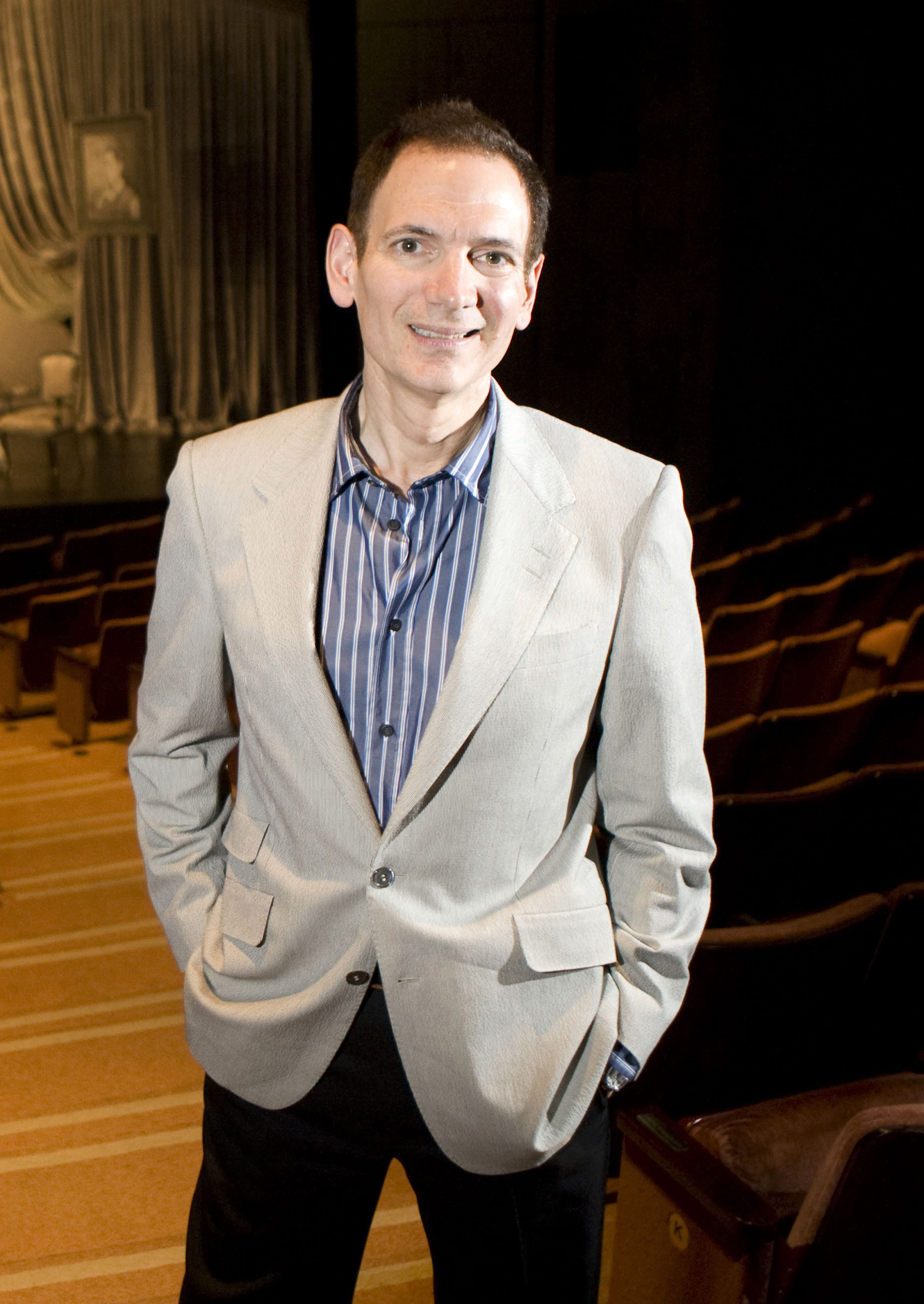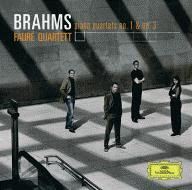Social Media’s Role in the Performing Arts with Arts Expert Lou Spisto
repost from: advisories.com
 While great performers and performances will always be central to why people attend live arts events, experts like Lou Spisto (with nearly three decades of experience in the arts world) believe that social media is becoming an important player for audience engagement and possible growth in overall attendance. Social media’s influence seems to be everywhere and the 2014 Academy Awards may be the boldest example of this to date. Ellen DeGeneres, the host of the show and already a top figure on Twitter, broke new ground with the “impromptu” tweet of her “selfie” that included some of the world’s most well-known celebrities. It generated more than 3 million retweets. She easily surpassed the previous record holder, President Obama, who had under a million.
While great performers and performances will always be central to why people attend live arts events, experts like Lou Spisto (with nearly three decades of experience in the arts world) believe that social media is becoming an important player for audience engagement and possible growth in overall attendance. Social media’s influence seems to be everywhere and the 2014 Academy Awards may be the boldest example of this to date. Ellen DeGeneres, the host of the show and already a top figure on Twitter, broke new ground with the “impromptu” tweet of her “selfie” that included some of the world’s most well-known celebrities. It generated more than 3 million retweets. She easily surpassed the previous record holder, President Obama, who had under a million.
Although this may be an extreme example of the power of social media and a “live” event, does it auger well for the performing arts? Can social media make the opera, ballet symphony orchestra or theater event appealing to a wider public? According to arts expert Lou Spisto, who has produced for arts organizations and commercial theater, “Social media has become a key component of every arts marketing plan, but the Oscar tweet reveals just how powerful Twitter, Instagram, and the like, can be in creating buzz and relevancy. Aside from the telecast viewers, more people know about the Oscars from that one tweet than all other media outlets combined.”
Spisto stated, “I think that the performing arts benefit from smart use of social media. Arts organizations can foster connections with social media users already interested in their programs, allowing these opinion leaders to become connectors, giving their arts program relevancy to those in their broader network.” Spisto continued, “In effect, the power comes from influencers who create a community of interest based on their credibility. Back in the day it was literally word of mouth; now it’s word of mouth via phone, tablet or laptop.”
Spisto cautioned, “My only concern is that arts marketers are looking for a direct correlation between social media connections and purchase, and involvement may not lead to immediate action. At this stage, fans and friends are not translating immediately to buyers, but as these strategies become more mature and the relationship with the market is better assessed, we can be clearer about the effort and its value. In any event, we need to be here for the long-term, as this will only become more important as we move forward with future generations.” As Chip Michael, Digital Media Manager for the Pacific Symphony in Orange County notes, “the younger generation spends more time on their smartphones than they do watching television, reading the newspaper or listening to the radio (combined). Performance organizations will need to be visible on social media if they have any hope of connecting with the next generation of attendees.”
Social media is playing a role in many areas of art marketing in addition to ticket sales, such as donor solicitations, volunteer groups, fan clubs, education and outreach programs. Performers and other creative artists are gaining more connections and accessibility as they reach out and document their on-stage experience through platforms such as Tumblr and Instagram. Theater and dance are no longer limited to the confines of the stage – social media delivers on-stage and back-stage experiences to audiences across the globe, not just in their town.
Many arts organizations, large and small, have embraced, and achieved success through social media. Chip Michael, notes, “[Social media] allows us to keep what we’re doing in the forefront of the minds of our audience. When we’re preparing for a performance, but not actually performing, it’s important to get buzz going, to get people talking about what’s coming, and to keep people thinking about us and what we do.”
The New York Philharmonic, for example, is sharing their artists’ musical inspirations and behind-the-scenes photos on their Facebook and Twitter accounts to inspire fans to attend upcoming concerts. They have a program called “What’s New” where in one click, a social media user can find out about all concerts, dates, tickets, artists, and anything else they would want to know about the Philharmonic. The San Francisco Ballet has account on social media platforms that include Pinterest, Tumblr, Instagram, and a long list of others to reach a wider and younger Bay area audience that seems a natural fit for this brand of marketing. Chip Michael continued, “We need to engage with our fans, make them a part of the experience, and allow their thoughts, ideas, enthusiasm and passion for our art bubble out to the rest of the world.”
According to the popular online news outlet Straight.com, social media is becoming so integral to marketing the performing arts that “in the age of the hashtag, it seems, it’s tweet or perish.”
Lou Spisto is confident that social media will help boost the popularity of live performing arts. “I think the greatest thing about the prevailing use of social media is that it places the artist at the center of the message, and brings a community of users together with what may have been an inaccessible world. The art, the art making, and the artist, are now in the palm of your hand. Literally and figuratively.”
 While great performers and performances will always be central to why people attend live arts events, experts like Lou Spisto (with nearly three decades of experience in the arts world) believe that social media is becoming an important player for audience engagement and possible growth in overall attendance. Social media’s influence seems to be everywhere and the 2014 Academy Awards may be the boldest example of this to date. Ellen DeGeneres, the host of the show and already a top figure on Twitter, broke new ground with the “impromptu” tweet of her “selfie” that included some of the world’s most well-known celebrities. It generated more than 3 million retweets. She easily surpassed the previous record holder, President Obama, who had under a million.
While great performers and performances will always be central to why people attend live arts events, experts like Lou Spisto (with nearly three decades of experience in the arts world) believe that social media is becoming an important player for audience engagement and possible growth in overall attendance. Social media’s influence seems to be everywhere and the 2014 Academy Awards may be the boldest example of this to date. Ellen DeGeneres, the host of the show and already a top figure on Twitter, broke new ground with the “impromptu” tweet of her “selfie” that included some of the world’s most well-known celebrities. It generated more than 3 million retweets. She easily surpassed the previous record holder, President Obama, who had under a million.Although this may be an extreme example of the power of social media and a “live” event, does it auger well for the performing arts? Can social media make the opera, ballet symphony orchestra or theater event appealing to a wider public? According to arts expert Lou Spisto, who has produced for arts organizations and commercial theater, “Social media has become a key component of every arts marketing plan, but the Oscar tweet reveals just how powerful Twitter, Instagram, and the like, can be in creating buzz and relevancy. Aside from the telecast viewers, more people know about the Oscars from that one tweet than all other media outlets combined.”
Spisto cautioned, “My only concern is that arts marketers are looking for a direct correlation between social media connections and purchase, and involvement may not lead to immediate action. At this stage, fans and friends are not translating immediately to buyers, but as these strategies become more mature and the relationship with the market is better assessed, we can be clearer about the effort and its value. In any event, we need to be here for the long-term, as this will only become more important as we move forward with future generations.” As Chip Michael, Digital Media Manager for the Pacific Symphony in Orange County notes, “the younger generation spends more time on their smartphones than they do watching television, reading the newspaper or listening to the radio (combined). Performance organizations will need to be visible on social media if they have any hope of connecting with the next generation of attendees.”
Social media is playing a role in many areas of art marketing in addition to ticket sales, such as donor solicitations, volunteer groups, fan clubs, education and outreach programs. Performers and other creative artists are gaining more connections and accessibility as they reach out and document their on-stage experience through platforms such as Tumblr and Instagram. Theater and dance are no longer limited to the confines of the stage – social media delivers on-stage and back-stage experiences to audiences across the globe, not just in their town.
Many arts organizations, large and small, have embraced, and achieved success through social media. Chip Michael, notes, “[Social media] allows us to keep what we’re doing in the forefront of the minds of our audience. When we’re preparing for a performance, but not actually performing, it’s important to get buzz going, to get people talking about what’s coming, and to keep people thinking about us and what we do.”
The New York Philharmonic, for example, is sharing their artists’ musical inspirations and behind-the-scenes photos on their Facebook and Twitter accounts to inspire fans to attend upcoming concerts. They have a program called “What’s New” where in one click, a social media user can find out about all concerts, dates, tickets, artists, and anything else they would want to know about the Philharmonic. The San Francisco Ballet has account on social media platforms that include Pinterest, Tumblr, Instagram, and a long list of others to reach a wider and younger Bay area audience that seems a natural fit for this brand of marketing. Chip Michael continued, “We need to engage with our fans, make them a part of the experience, and allow their thoughts, ideas, enthusiasm and passion for our art bubble out to the rest of the world.”
According to the popular online news outlet Straight.com, social media is becoming so integral to marketing the performing arts that “in the age of the hashtag, it seems, it’s tweet or perish.”
Lou Spisto is confident that social media will help boost the popularity of live performing arts. “I think the greatest thing about the prevailing use of social media is that it places the artist at the center of the message, and brings a community of users together with what may have been an inaccessible world. The art, the art making, and the artist, are now in the palm of your hand. Literally and figuratively.”

Comments